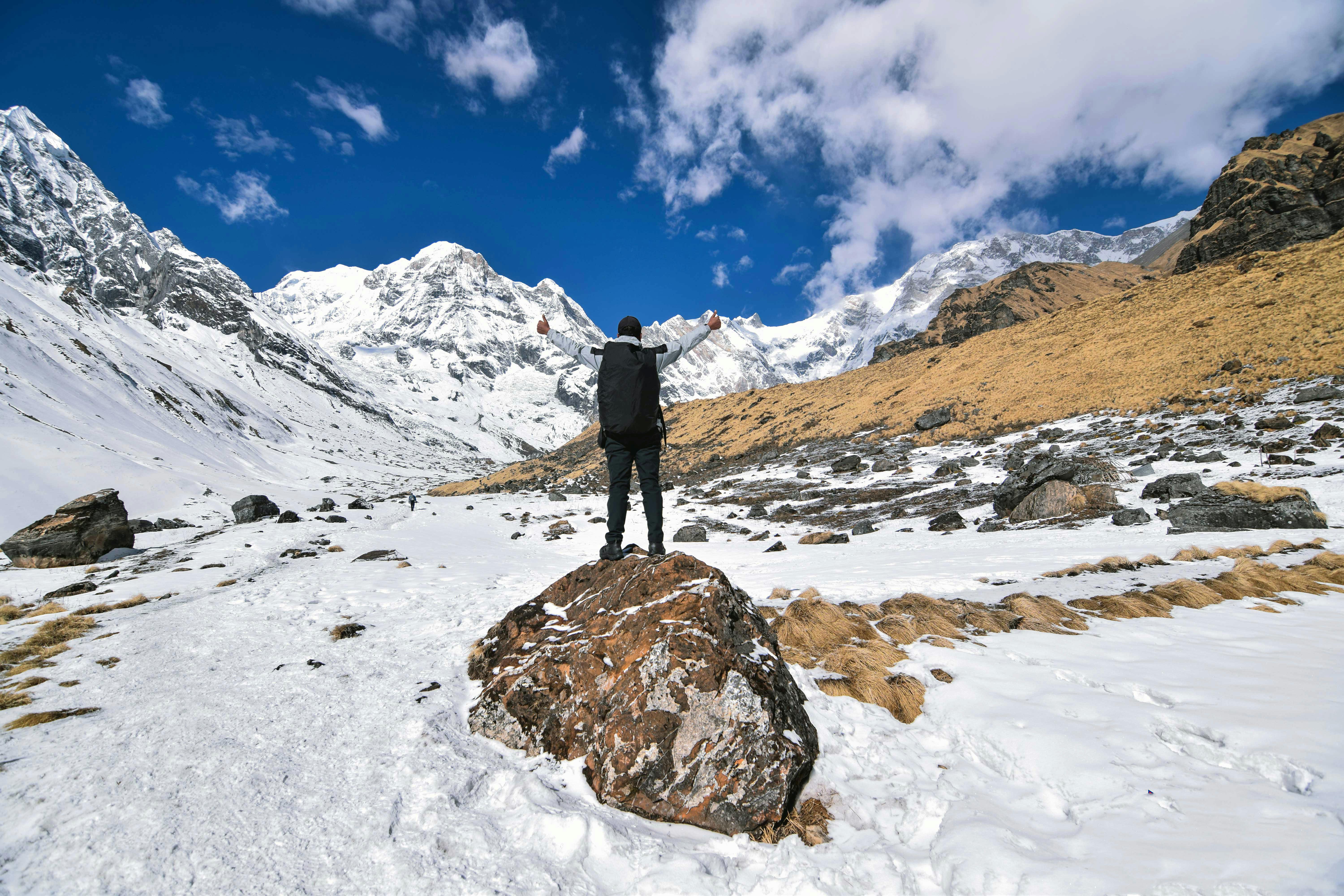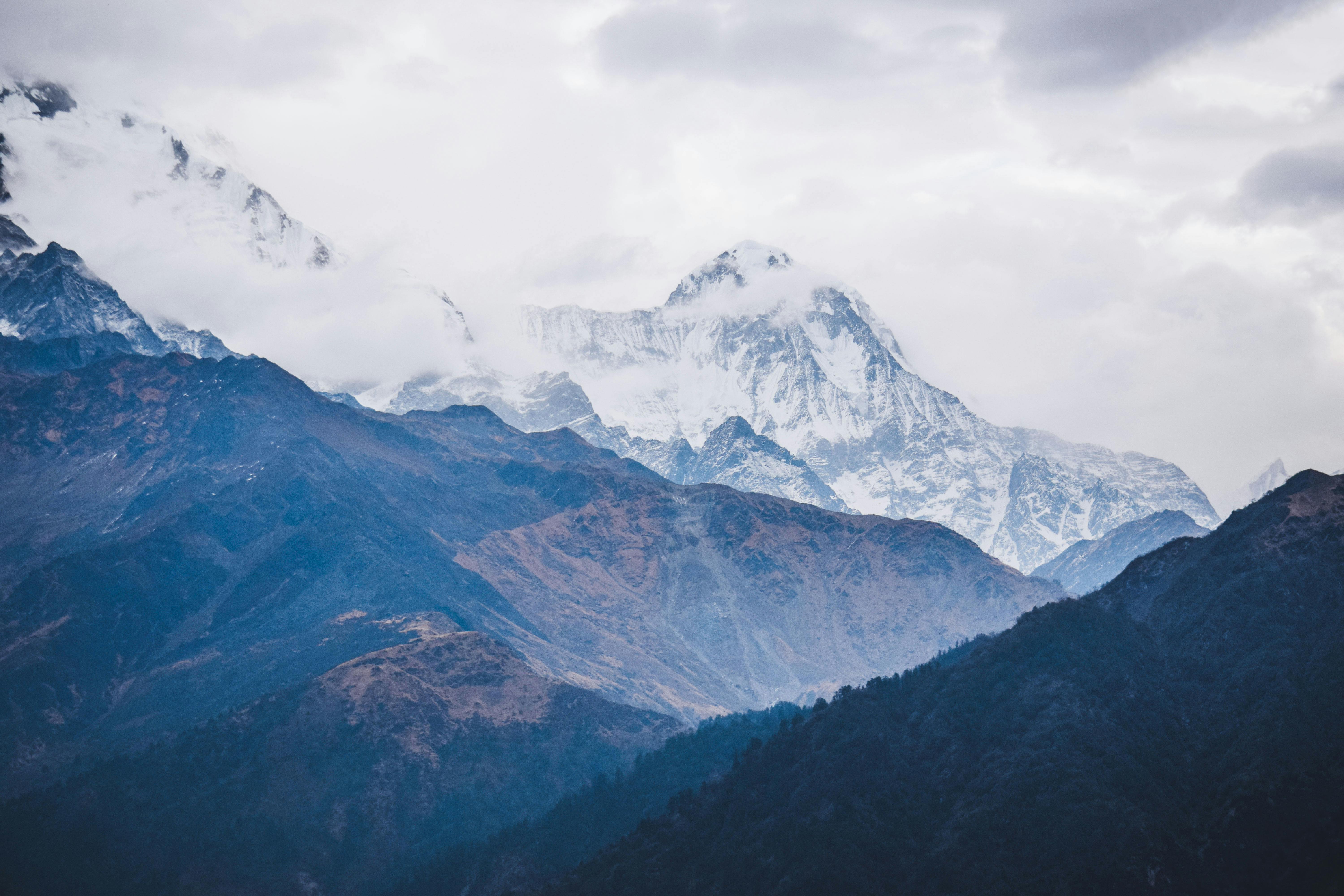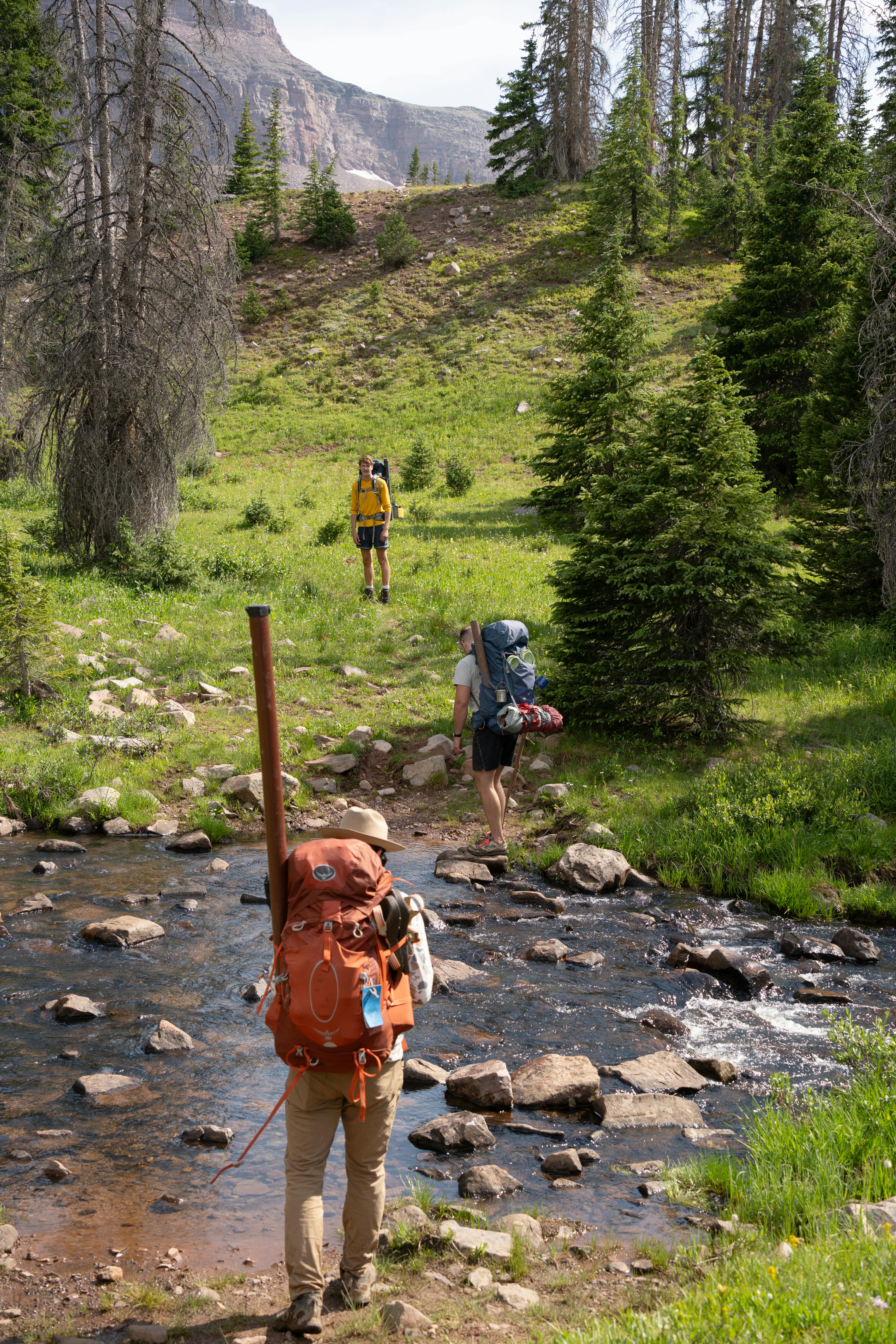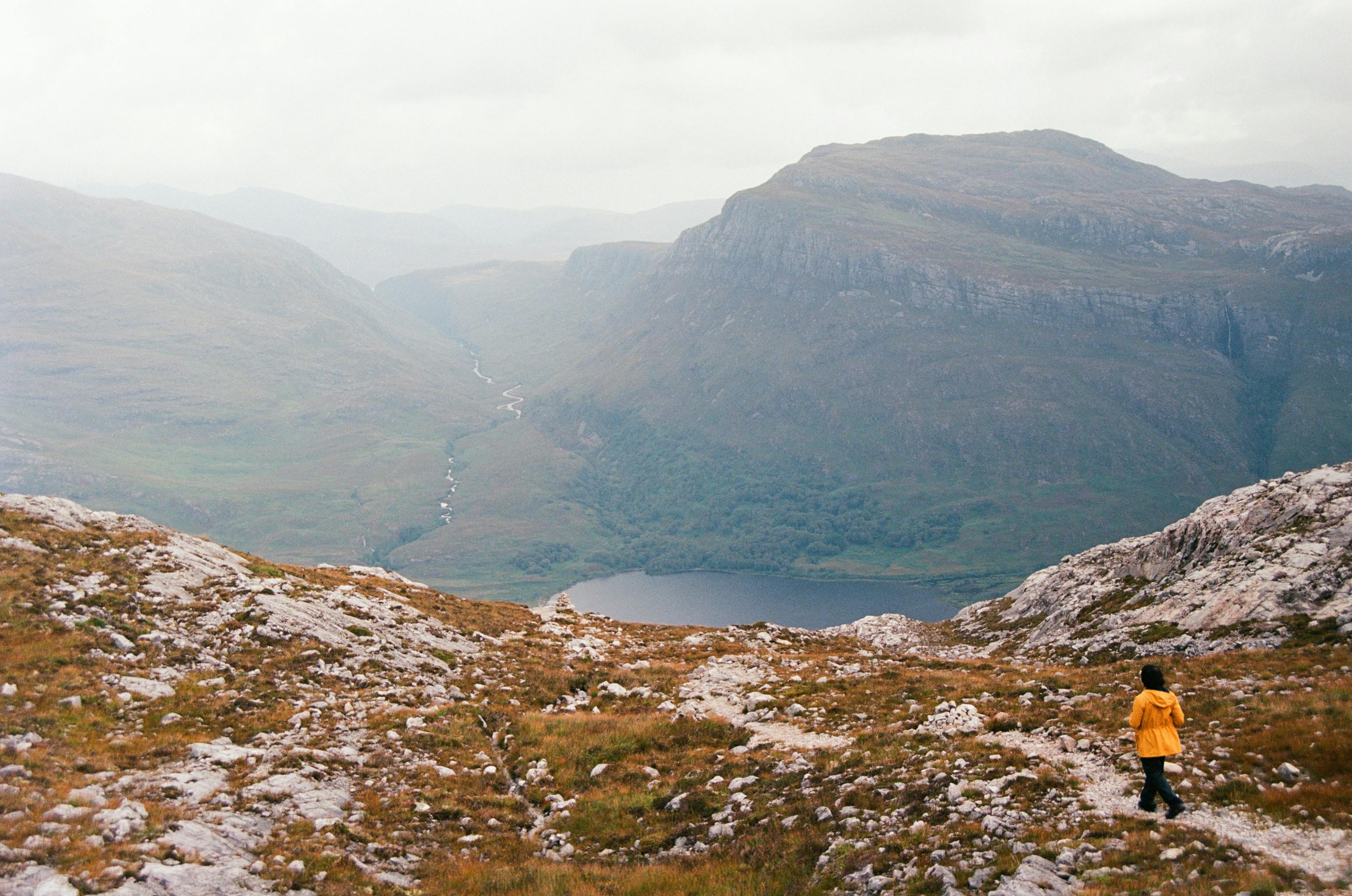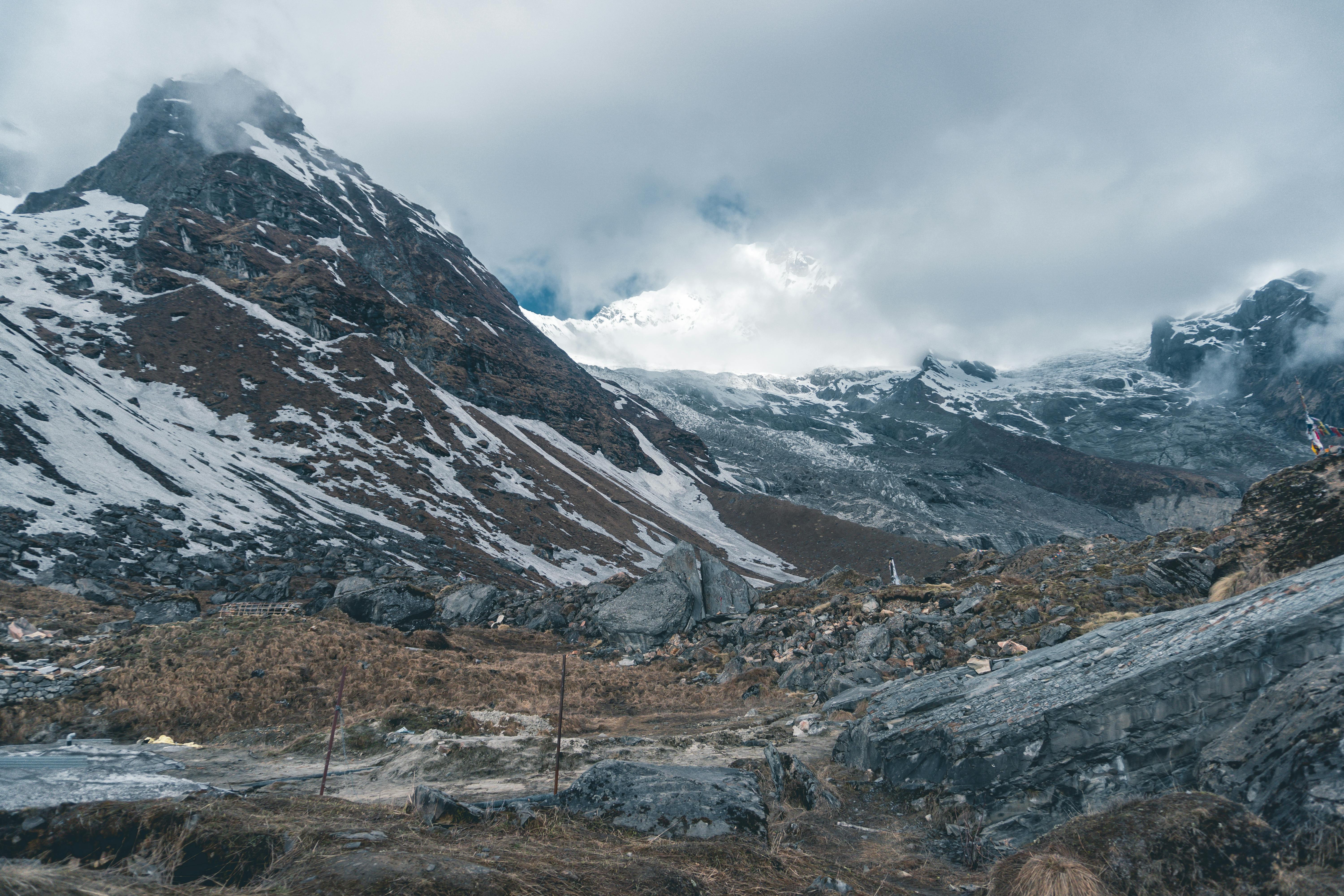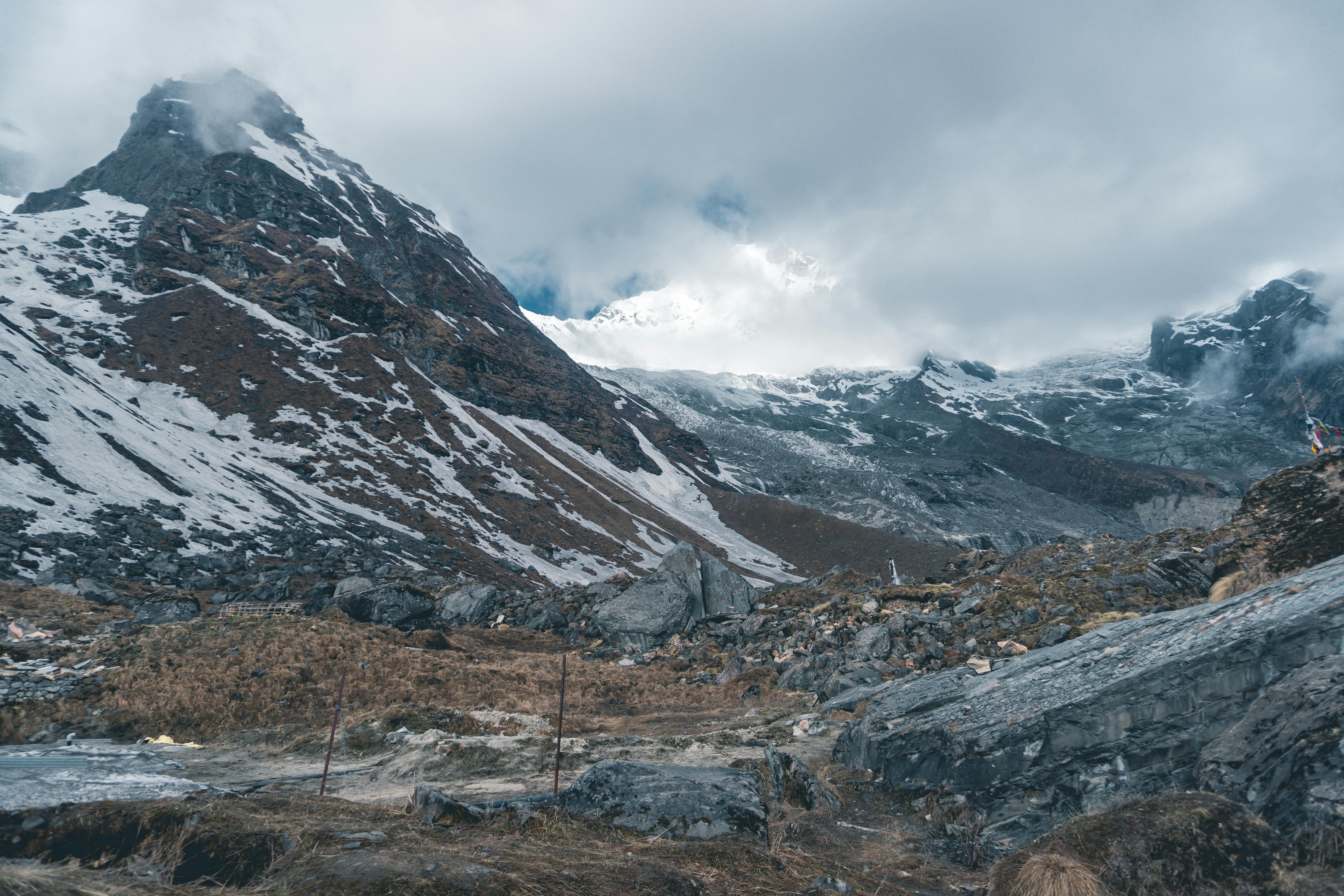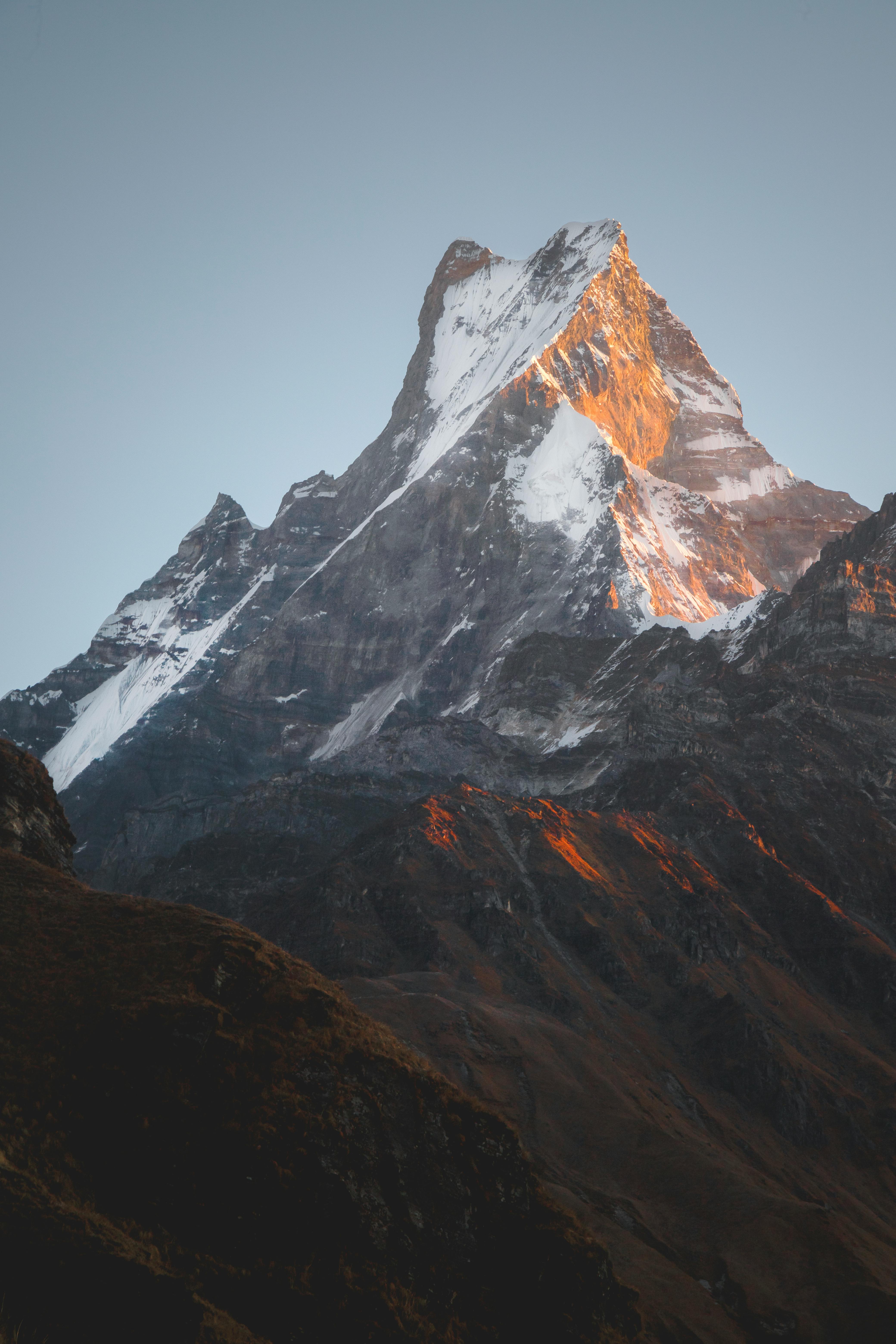The Annapurna, Jomsom–Ghorepani Trek is a beautifully diverse trekking journey that offers a full spectrum of Nepal’s natural and cultural wonders within a moderate trekking grade. It combines the arid, high-altitude landscapes of Lower Mustang with the lush forests and terraced farmland of the Annapurna foothills, creating an immersive experience through some of the most iconic and contrasting regions of the Himalayas. The journey starts with a scenic flight to Jomsom, the administrative center of Mustang, nestled in the rain-shadow of the Himalayas. From there, trekkers descend through the dramatic Kali Gandaki Gorge, the deepest in the world, following ancient trade routes once used by salt traders coming from Tibet.
Along the way, you will visit the historic village of Marpha, famous for its apple orchards, and bathe in the natural hot springs of Tatopani. As the trail transitions from Mustang into the verdant forests of the Annapurna region, you begin to encounter charming hill villages like Shikha and Ghorepani, home to the Magar and Gurung communities. These villages are rich in culture, traditional architecture, and hospitality, offering a genuine glimpse into rural mountain life.
The highlight of the trek is the early morning excursion to Poon Hill (3,193 meters), one of Nepal’s most celebrated panoramic viewpoints. From here, trekkers witness a breathtaking sunrise illuminating a 180-degree Himalayan skyline, including Dhaulagiri (8,167m), Annapurna I (8,091m), Annapurna South, Hiunchuli, and the sacred Machhapuchhre (Fishtail). The moment is unforgettable and often becomes the spiritual high point of the trek.
Trip Notes
-
Best Trekking Seasons
-
Autumn (Sept–Nov): Clear skies, dry trails, and excellent visibility. Ideal for mountain photography.
-
Spring (Mar–May): Warm temperatures, blooming rhododendrons, and vibrant forest trails. Some afternoon clouds or light rain are possible.
-
Trek Difficulty
-
Graded as moderate.
-
Suitable for trekkers with general fitness; no technical experience needed.
-
Daily walking: 3–6 hours on varied terrain.
-
Maximum altitude: 3,193m at Poon Hill (low risk of altitude sickness).
-
Accommodation
-
Tea-house/lodge stays during the trek: simple rooms (mostly twin-share) with shared bathrooms.
-
Hotel in Pokhara: Standard 2–3 star hotel with modern facilities.
-
Hot showers available at most lodges (small additional cost).
-
Meals & Water
-
Three meals per day during the trek included:
-
Breakfast: porridge, eggs, bread, tea/coffee
-
Lunch/Dinner: dal bhat, noodles, momos, fried rice, soups
-
Safe drinking water available: boiled water, bottled water, or water purification options.
-
Use of refillable bottles and purification tablets is encouraged to reduce plastic waste.
-
Transportation
-
Flights: Kathmandu–Pokhara (20 mins) and Pokhara–Jomsom (25 mins).
-
Local transport: Marpha to Tatopani by local bus.
-
Private taxi: From Birethanti to Pokhara (1.5 hrs).
-
Tourist bus: Pokhara to Kathmandu (6–7 hrs); optional upgrade to flight available.
-
Weather & Climate
-
Lower Mustang (Jomsom/Marpha): Dry and windy; little rainfall even in monsoon.
-
Ghorepani & Tadapani: More humid; occasional rain in spring, cool nights in autumn/winter.
-
Day temperatures: 10–20°C; night: 0–10°C depending on season and elevation.
-
Altitude & Acclimatization
-
Highest sleeping altitude is below 3,000m, so minimal risk of Acute Mountain Sickness (AMS).
-
Gradual ascent, easy pacing, and regular hydration help with natural acclimatization.
-
Cultural Highlights
-
Explore Marpha: a Thakali village famous for apple orchards and stone-paved alleys.
-
Experience traditional hot spring bathing at Tatopani.
-
Visit Ghandruk: a major Gurung settlement with a cultural museum and traditional homes.
-
Interact with Magar and Gurung communities, known for their hospitality and history with the Gurkha army.
-
Packing Suggestions
-
Warm clothing (layers), light down jacket, rain jacket, comfortable trekking shoes.
-
Sleeping bag (rated to -5°C recommended), reusable water bottle, sunscreen, and hat.
-
Headlamp, trekking poles, basic toiletries, and personal first-aid kit.
